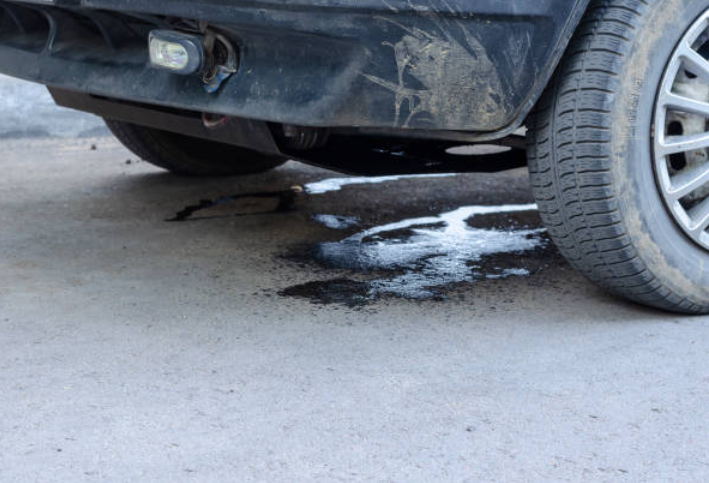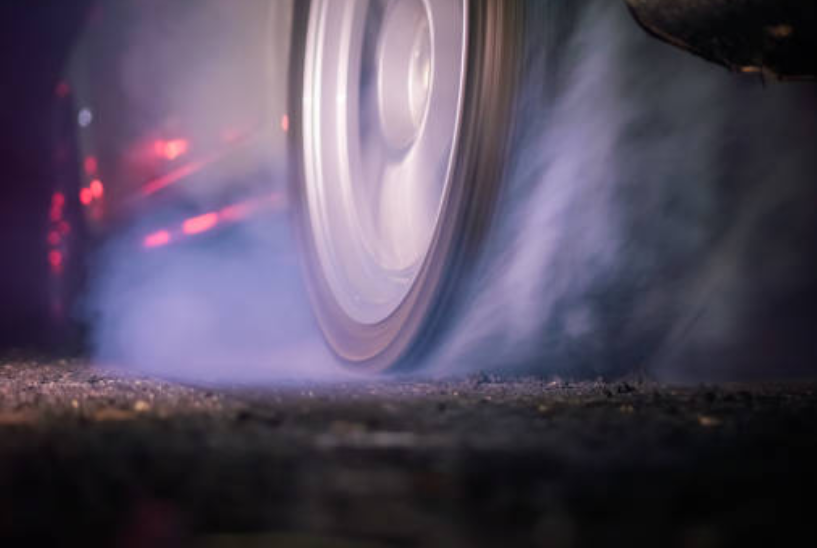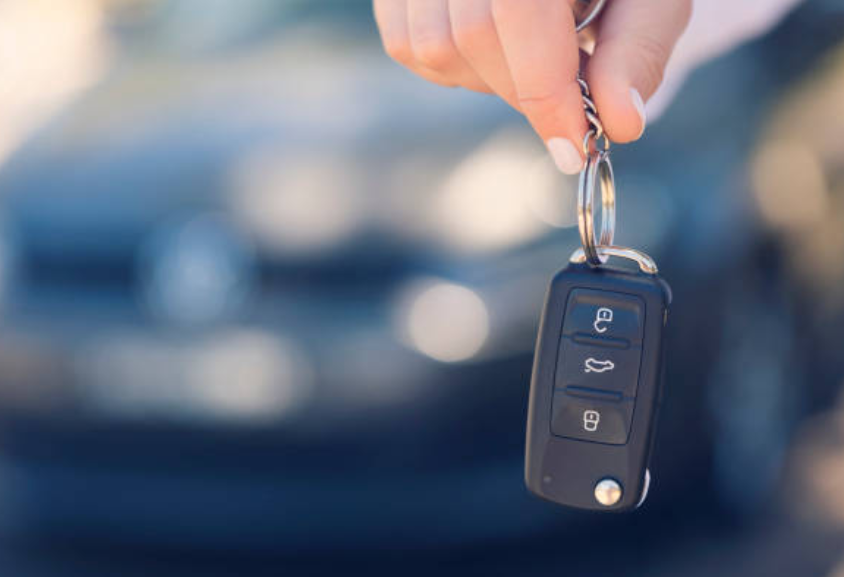Signs of a Failing Water Pump: What You Need to Know
Maintaining your car involves consistent checks on all its systems and addressing issues promptly. Among these crucial systems is the water pump, a component that holds a pivotal role in maintaining proper engine function and temperature control. But how can you identify the telltale signs of a water pump in trouble? Stay vigilant for these indicators, as spotting problems early can prevent them from escalating. This practice not only elongates your car engine's lifespan but also ensures seamless operation and prevents future expensive repairs or unexpected breakdowns.
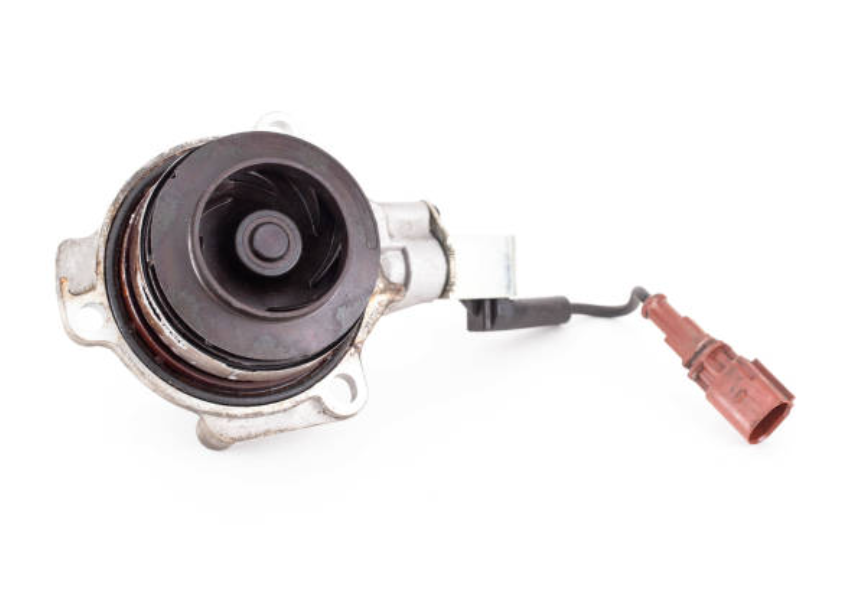
Indications of a Failing Water Pump
Engine Overheating: One of the most prominent signs is an engine that's running hotter than usual. A failing water pump can't effectively circulate coolant, leading to inadequate cooling and potential engine damage.
Coolant Leak: If you spot a puddle of coolant beneath your parked car, it's a sign of a leak. A deteriorating water pump can result in coolant leakage, compromising the cooling system's effectiveness.
Unusual Noises: A squeaking or whining noise from the front of the engine could indicate a problem with the water pump. This might be caused by a loose or worn-out belt.
Temperature Fluctuations: Fluctuating engine temperature readings on the gauge can be a symptom of an ineffective water pump. Inconsistent coolant circulation can lead to temperature instability.
Steam Under the Hood: Steam escaping from under the hood is a clear sign of overheating. This can occur due to a lack of proper coolant circulation caused by a failing water pump.
Pulley Issues: A visibly wobbling or loose water pump pulley suggests trouble. A failing bearing or damaged pulley can compromise the water pump's efficiency.
Low Coolant Levels: Frequent coolant top-ups could indicate a leak, often associated with a failing water pump. Low coolant levels can lead to inadequate cooling and potential engine damage.
Reduced Heater Performance: A weakening water pump can affect your car's heater performance, resulting in insufficient heat output due to poor coolant circulation.
Visual Clues: Check for signs of corrosion, rust, or coolant stains around the water pump housing. These visual indicators may point to a failing water pump.
Check Engine Light: Sometimes, a failing water pump can trigger the check engine light. Modern vehicles have sensors that monitor components, and if the water pump's performance deviates, the light may activate.
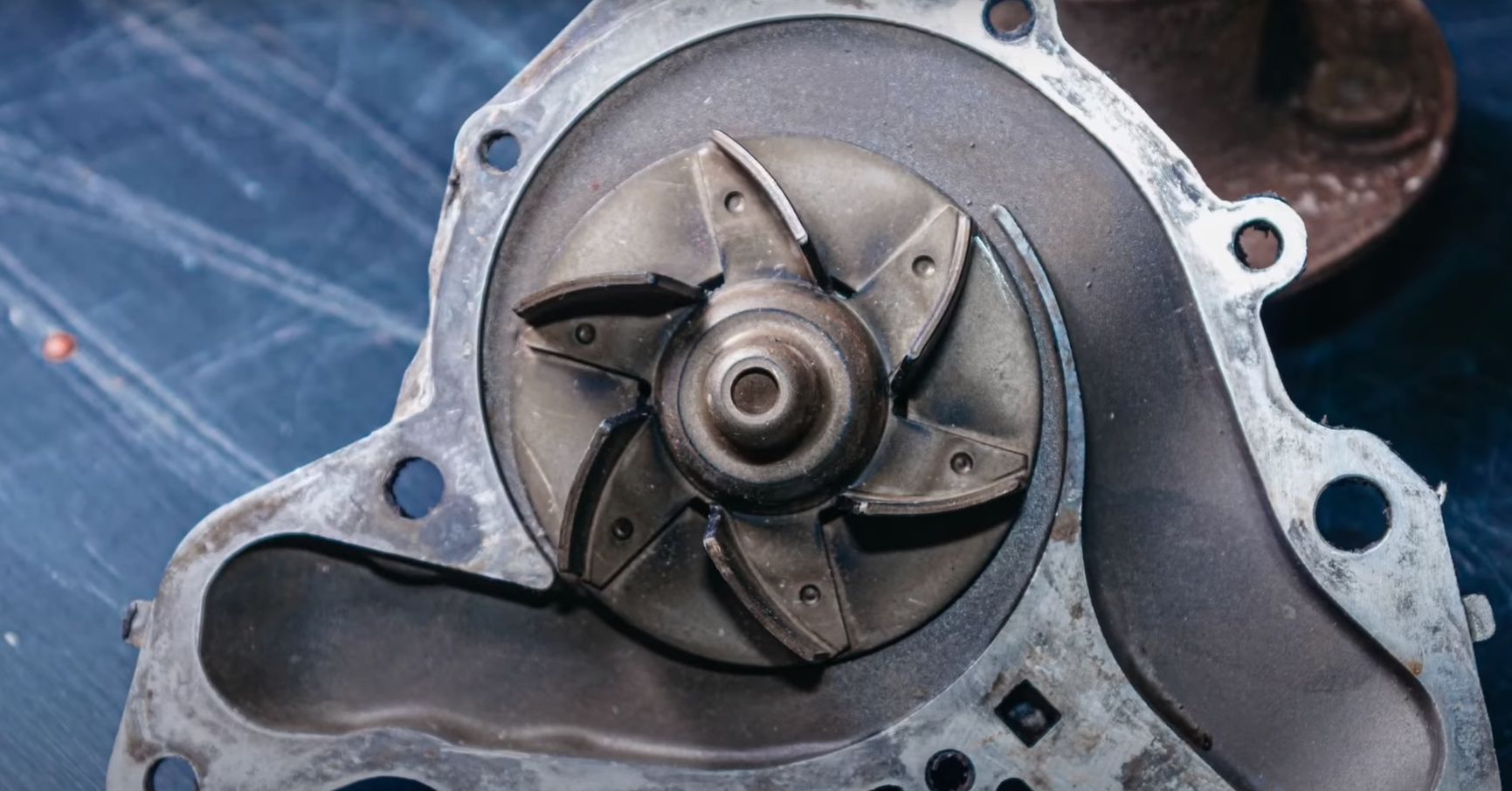
Step 1: Safety Precautions
Ensure your vehicle is on a level surface and the engine is cool. Disconnect the battery to prevent accidental starts.
Step 2: Drain the Coolant
Place a drain pan under the radiator drain plug, open it, and drain the coolant. Remember to properly dispose of the coolant.
Step 3: Remove Belts and Components
Remove any belts or components obstructing access to the water pump. This might include the serpentine belt, fan, and shroud. Refer to your vehicle's manual for guidance.
Step 4: Disconnect Hoses
Detach the hoses connected to the water pump, ensuring you catch any remaining coolant in the drain pan.
Step 5: Remove Water Pump
Using the appropriate socket and wrench, remove the bolts securing the water pump to the engine block. Carefully pry the old pump away from the engine, scraping off any residual gasket material.
Step 6: Prepare for Installation
Clean the mounting surface on the engine block and remove any remnants of the old gasket using a gasket scraper or sandpaper.
Step 7: Install New Pump
Adhere to the manufacturer's guidelines for installing the new water pump. If necessary, apply a fresh gasket or sealant. Fasten the pump securely in position using the supplied bolts.
Step 8: Reconnect Hoses and Components
Reattach the hoses you disconnected earlier. Replace any belts and components you removed. Double-check that everything is properly positioned.
Step 9: Refill Coolant
Using a coolant funnel, pour the appropriate mixture of coolant and water into the radiator. Follow your vehicle's specifications for coolant type and mixture ratio.
Step 10: Bleed Air
Start the engine and let it idle while monitoring the coolant level. As the engine warms up, air bubbles may rise to the surface. Gently squeeze the radiator hoses to help release trapped air.
Step 11: Check for Leaks
Inspect the area around the water pump and hoses for any leaks. Address any leaks immediately.
Step 12: Reconnect Battery and Test
Reattach the battery and initiate the engine. Keep an eye on the temperature gauge to verify that the engine is running within the normal temperature range.
Step 13: Dispose of Old Coolant
Dispose of the old coolant properly according to local regulations.
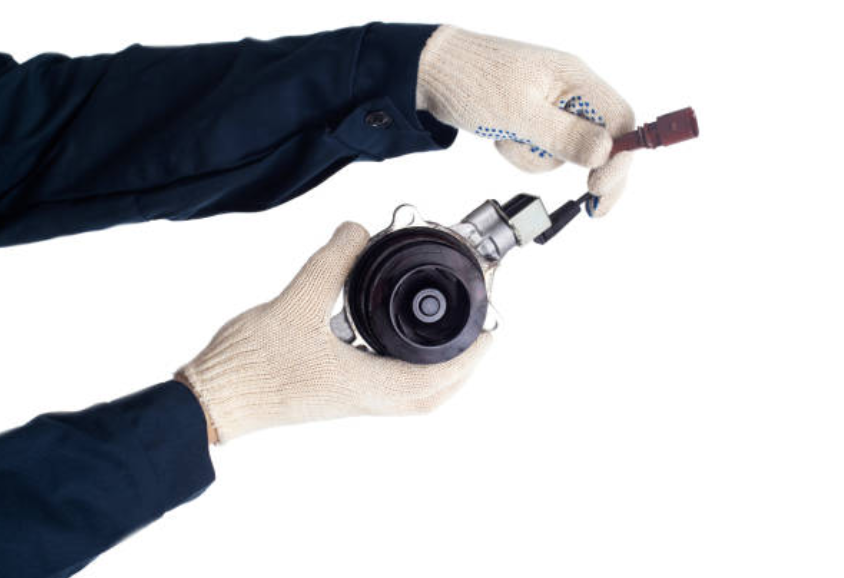
Maintaining the health of your vehicle's water pump is crucial, and practicing preventive maintenance can significantly contribute to its longevity and optimal functioning. To ensure your water pump's reliability, regularly monitor coolant levels, adhere to recommended coolant replacement intervals, inspect belts for wear and proper tension, and promptly address coolant leaks.
Maintain the correct cooling system pressure, replace a malfunctioning thermostat, and avoid coolant contamination. Periodic professional inspections, adherence to manufacturer recommendations, and addressing overheating issues promptly are also integral to preventive care.
By following these practices, you can safeguard your water pump's performance, enhance your vehicle's overall cooling system efficiency, and prevent unexpected breakdowns.
-
Is it possible to drive with a bad water pump temporarily?
Although driving with a failing water pump for a brief distance during emergencies is feasible, it's not advisable. Prolonged driving with a compromised water pump can result in significant engine damage due to excessive heat and inadequate coolant circulation.
-
Can I replace a water pump myself?
Swapping out a water pump can be intricate, demanding mechanical proficiency and specialized tools. If you possess vehicle repair know-how, you might consider tackling it, yet it's advisable to reference your vehicle's manual and enlist professional assistance if you harbor any uncertainty.
See more review here: Top 10 Range Bags For Gun Enthusiasts


